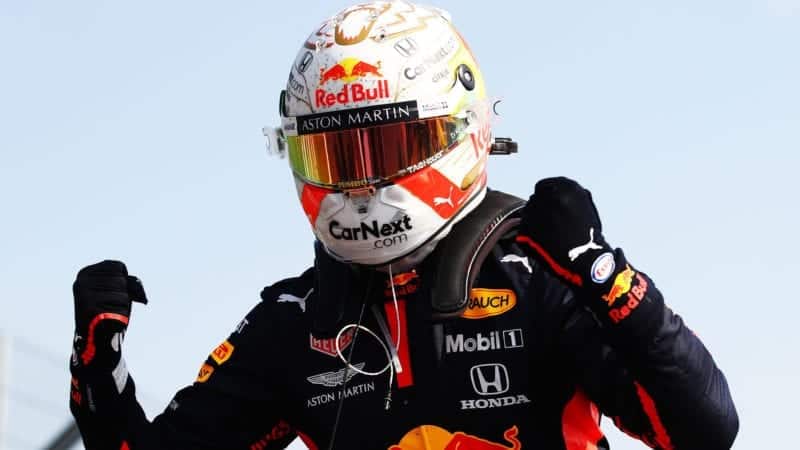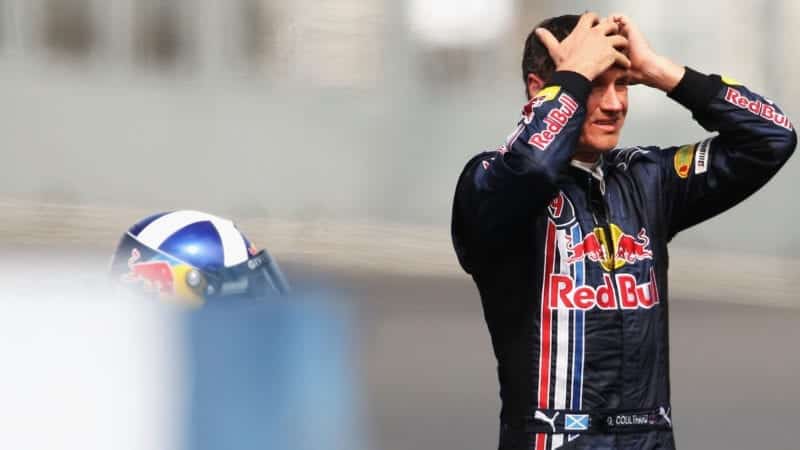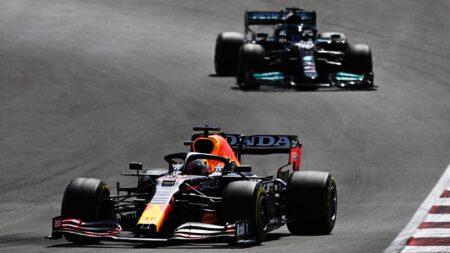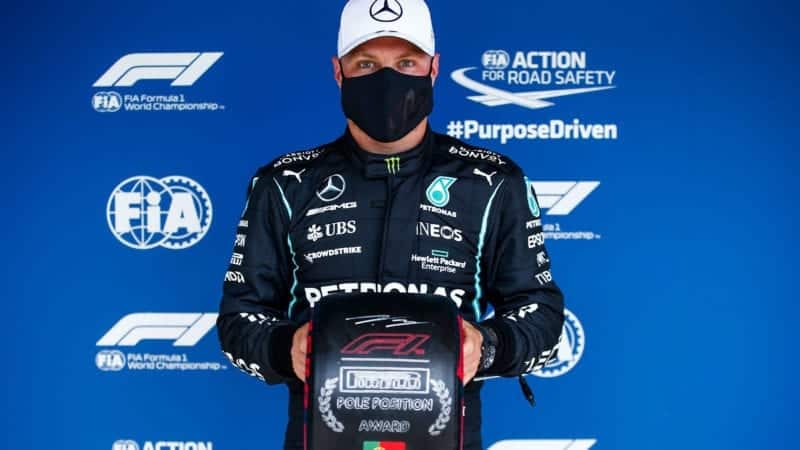The howling was loud enough to be heard through the din of a grid full of four-rotor Mazda 787B Le Mans prototypes. “The internet loved to tell me how wrong I was,” Moore admits cheerfully. “And a lot of things the critics said were valid.”
Turns out there were two systemic flaws with the model. First, it was based on stretches of five consecutive years, so one dreadful season could torpedo a driver’s rating. Second, and far more problematic, cars and drivers were treated as a single unit. Thus, Rubens Barrichello was ranked 15th on the basis of his stint with a dominant Scuderia Ferrari while Alberto Ascari faded to 19th because he wasted most of the 1954 season while waiting for the Lancia D50 to show up.
Before looking at the current F1 season, Moore tweaked the model. The biggest change was that cars and drivers were reconsidered as separate entities. But how to calibrate their relative values? Good question. Moore repeatedly ran the model plugging in different figures to see which numbers produced results that most closely corresponded to what really happened. At the end of the day, he says, the sweet spot was roughly two-thirds car, one-third driver.
“Moore’s contrarian conclusion was that Verstappen was the best driver of 2020”
Moore was coy about how the new model affects the historical ratings, though he intimated that Moss and Alonso will be hustling up the list. But he’s already written another article for FiveThirtyEight about how F1 appears to be shaping up this year.
According to Moore’s analysis, the last year’s Mercedes-AMG F1 W11 was significantly stronger than Red Bull’s RB16. No surprise there. But Moore’s contrarian conclusion was that Verstappen was the best driver of 2020 even though he finished a distant third to Hamilton in the title hunt. Moore’s model sees 2021 as a toss-up between these two titans, with Verstappen holding a 51 percent to 49 percent edge in qualifying while Hamilton gets the same advantage in races. The first three events of the season would seem to confirm this forecast.




